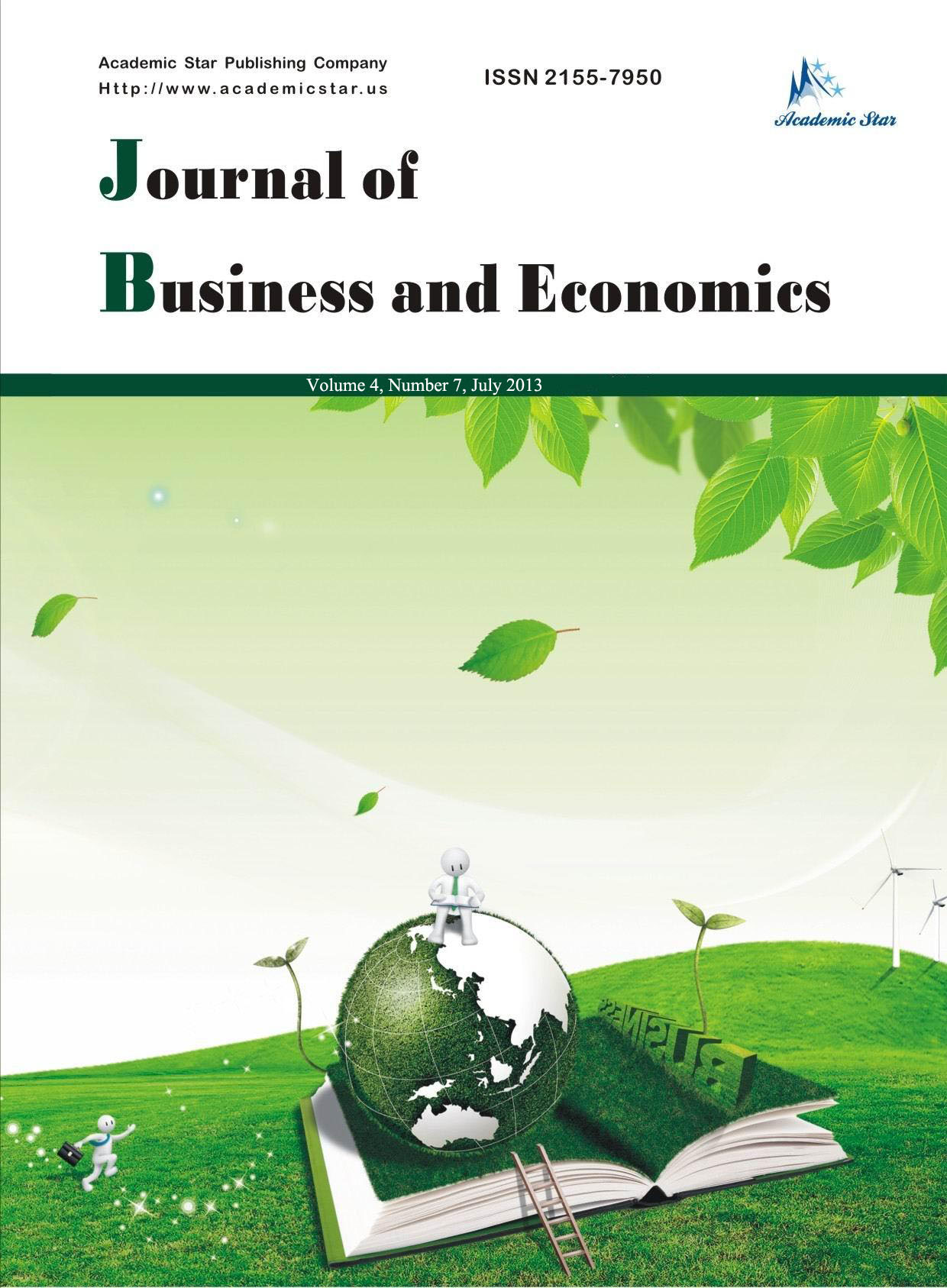
- ISSN: 2155-7950
- Journal of Business and Economics
Social Security Scheme as an Economic Tool to Stabilize Employment
Jaron Liu1, Wang Wei Sian2, Chew Soon Beng2
(1. Economic Growth Centre, Nanyang Technological University, Singapore;
2. School of Humanities and Social Sciences, Nanyang Technological University, Singapore)
Abstract: The Singapore Central Provident Fund (CPF) is a compulsory national saving scheme that is designed to force its citizens to save out of the monthly wages for housing, healthcare, education for their children and post-retirement expenses. During the last few economic crises, we observe that the Singapore government could keep its competitiveness by cutting labour costs via reducing employers’ CPF contribution rates. Based on regression analyses, we find that there is a strong, negative and significant correlation between national unemployment rates and changes in employers’ CPF contribution rates, suggesting that the CPF scheme has been used to minimize unemployment in Singapore. We also find that the reduction of employers’ CPF contribution rates have a positive impact on annual surplus ratios in the manufacturing sector. The main conclusion is that a reduction in employers’ CPF contribution rates should remain as an interim measure as an economic tool as changing CPF contribution rates to stabilize employment can compromise social security goals.
Key words: CPF, unemployment; labor costs; manufacturing; annual surplus ratio; wage systems and wage determination in Singapore
JEL codes: A1, J3






